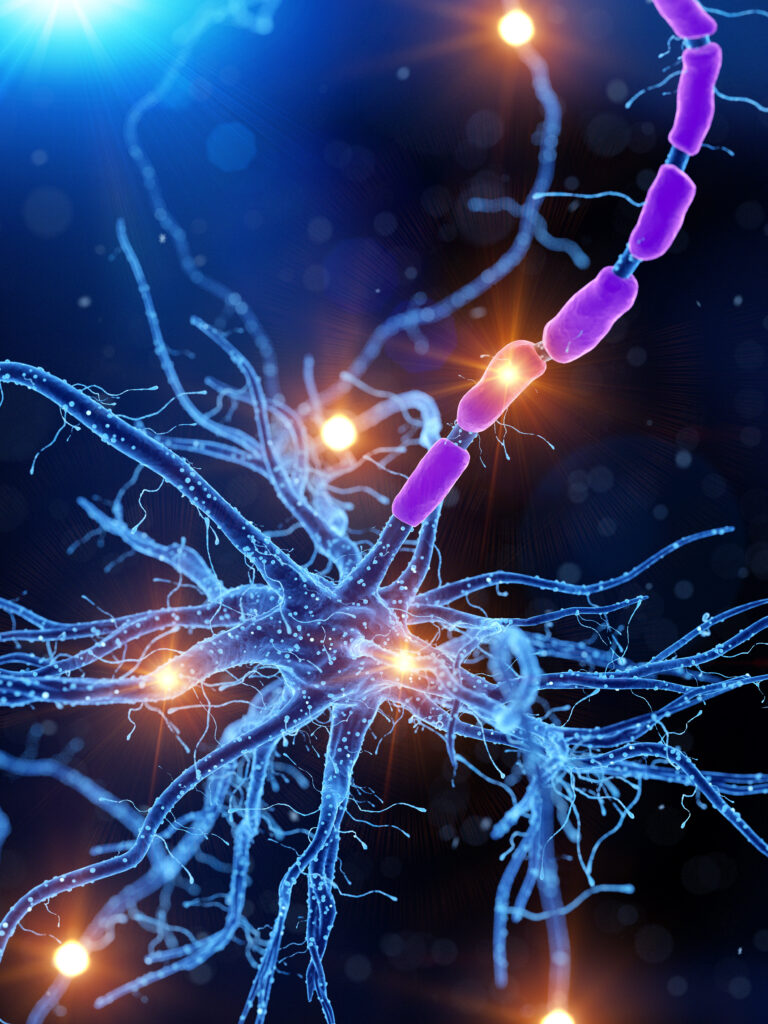**Understanding the Neurobiology of Alzheimer’s: Unveiling the Cellular Mechanisms Behind Cognitive Decline**
Alzheimer’s disease is a complex and devastating condition that affects millions of people worldwide. It is the most common cause of dementia, leading to significant cognitive decline and memory loss. But what exactly happens inside the brain to cause these symptoms? Let’s delve into the neurobiology of Alzheimer’s to uncover the cellular mechanisms behind this debilitating disease.
### The Amyloid Hypothesis
One of the primary theories about Alzheimer’s is the amyloid hypothesis. This theory suggests that the accumulation of amyloid-beta peptides in the brain is a key factor in the development of the disease. Amyloid-beta is a protein fragment that is normally produced in the brain, but in Alzheimer’s, it clumps together to form sticky plaques that disrupt normal brain function. These plaques can lead to the death of brain cells, which in turn causes memory loss and cognitive decline.
### The Tau Hypothesis
Another important theory is the tau hypothesis. Tau proteins are essential for maintaining the structure of brain cells, but in Alzheimer’s, they become tangled and form insoluble fibers called neurofibrillary tangles. These tangles can also lead to the death of brain cells and contribute to the progression of the disease.
### Neuroinflammation
Inflammation in the brain, or neuroinflammation, is another critical factor in Alzheimer’s. When brain cells are damaged, they release signals that attract immune cells to the area. While this response is meant to protect the brain, chronic inflammation can lead to further damage and contribute to the progression of the disease.
### Mitochondrial Dysfunction
Mitochondria are the powerhouses of brain cells, responsible for producing energy. In Alzheimer’s, mitochondria become dysfunctional, leading to a decrease in energy production. This can cause brain cells to die, further exacerbating cognitive decline.
### Cellular Senescence
Cellular senescence is a state where cells become dysfunctional and stop dividing. In Alzheimer’s, senescent cells can accumulate in the brain and release toxic substances that harm surrounding cells. This process contributes to the neurodegeneration seen in the disease.
### Gut-Brain Connection
Recent research has highlighted the importance of the gut-brain connection in Alzheimer’s. The gut microbiome, which includes trillions of microorganisms in the gut, influences brain function and cognition. An imbalance in the gut microbiome, known as dysbiosis, can lead to the release of toxic metabolites that trigger inflammation in the brain, contributing to Alzheimer’s.
### Cortical Thickness and Volumetric Changes
Studies have shown that Alzheimer’s disease in individuals with Down syndrome (DS) is associated with significant changes in brain structure. Specifically, decreased cortical thickness in the parietal and temporal lobes, as well as smaller hippocampal and striatal volumes, are observed. These changes can serve as staging metrics for the disease, helping track its progression and evaluate treatment effects.
### Potential Therapeutic Targets
Given the complex interplay of these cellular mechanisms, researchers are exploring various therapeutic targets. For instance, senotherapies aim to clear senescent cells or mitigate their toxic effects. Additionally, understanding the role of the gut-brain axis could lead to new treatments targeting gut health to prevent or slow down Alzheimer’s progression.
### Conclusion
Alzheimer’s disease is a multifaceted condition involving the accumulation of amyloid-beta, tau protein tangles, neuroinflammation, mitochondrial dysfunction, and cellular senescence. The gut-brain connection also plays a crucial role in its development. By understanding these cellular mechanisms, researchers can develop more effective treatments to combat this devastating disease. While much remains to be discovered, ongoing research holds promise for improving the lives of those affected by Alzheimer’s.
—
This article aims to provide a clear and concise overview of the neurobiology of Alzheimer’s, highlighting the key cellular mechanisms behind cognitive decline. By understanding these





